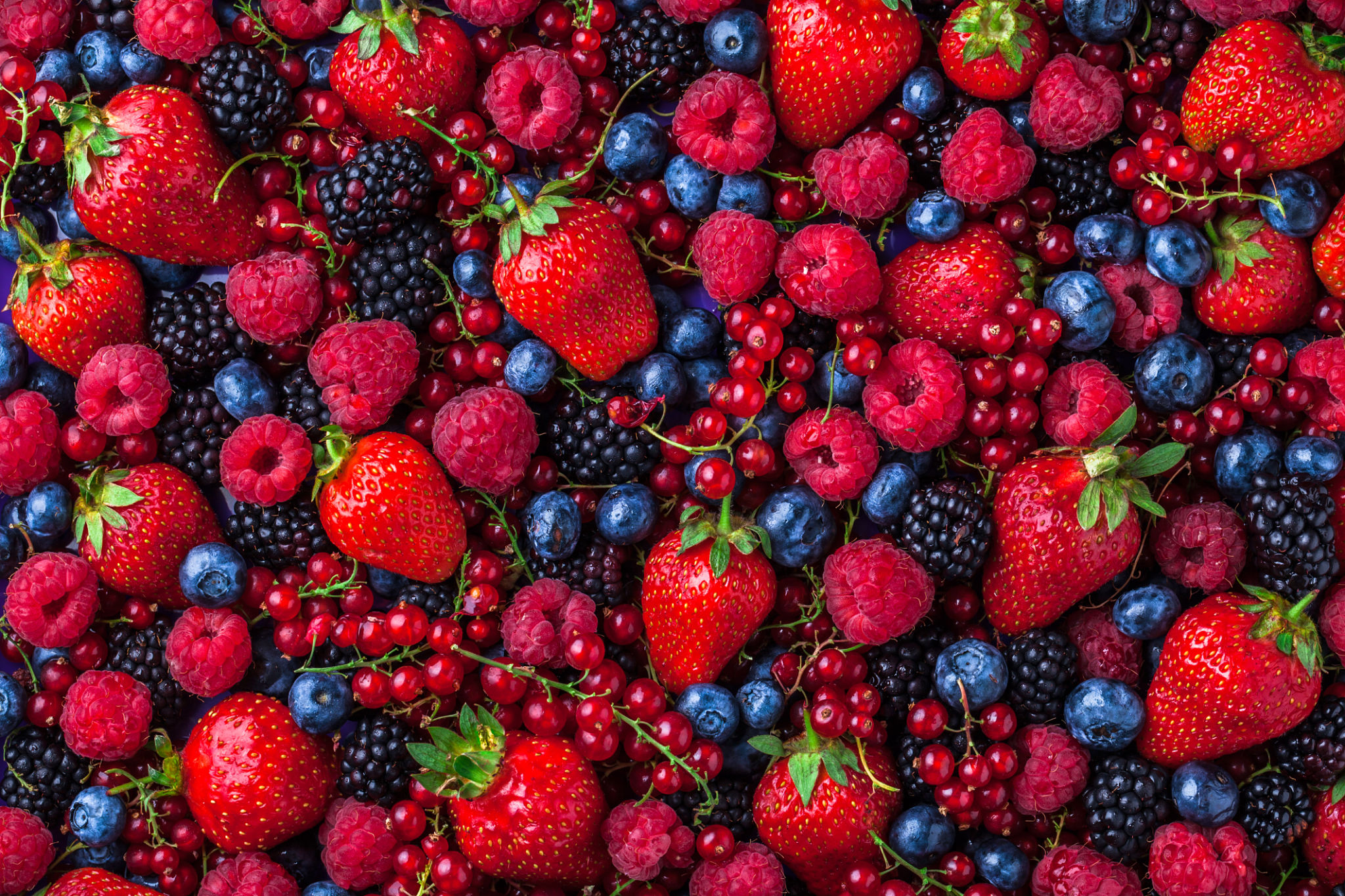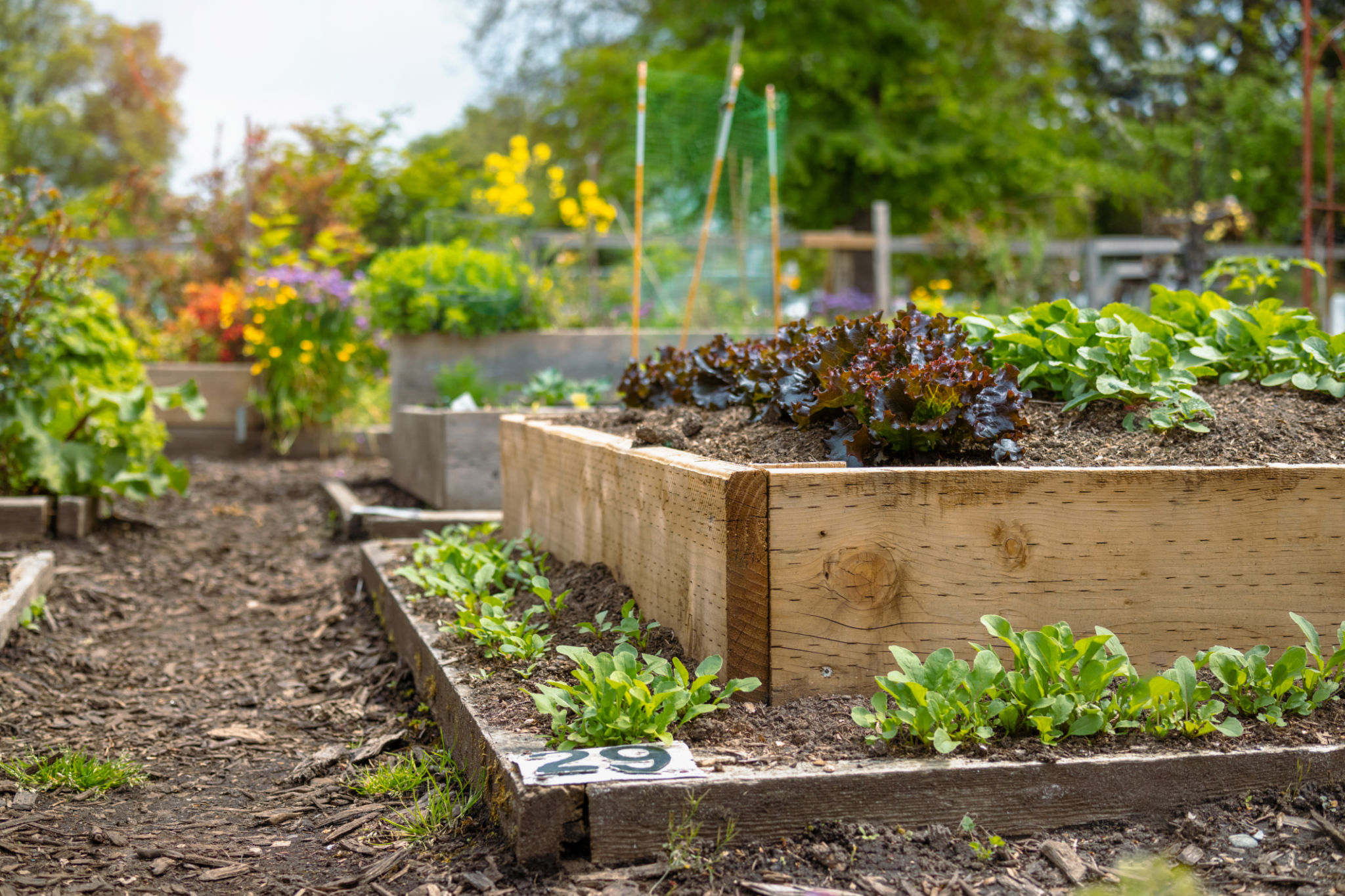What Are the Benefits of a Sustainable Food Forest?
Understanding the Concept of a Sustainable Food Forest
A sustainable food forest is a self-sufficient ecosystem designed to mimic a natural forest. It is a method of cultivating food that integrates permaculture principles, biodiversity, and sustainability. These forests are carefully planned to offer a variety of edible plants, which include fruits, nuts, herbs, and vegetables, all while maintaining ecological balance. By understanding how these systems function, we can appreciate their numerous benefits.

Environmental Benefits
One of the most significant advantages of sustainable food forests is their positive impact on the environment. These ecosystems help in reducing carbon footprints by storing carbon in the biomass and soil. This natural process is pivotal in combating climate change. Additionally, food forests contribute to soil health by improving its structure and fertility through natural decomposition processes, reducing the need for chemical fertilizers.
Moreover, these forests support biodiversity by providing habitats for various species of flora and fauna. This diversity not only enriches the ecosystem but also aids in pest control by promoting a natural balance between predators and prey.
Economic Advantages
Sustainable food forests offer a plethora of economic benefits. For individuals, they provide a low-cost method of producing food locally, reducing reliance on commercial farming and grocery purchases. Communities benefit as well by creating employment opportunities in areas such as forest management, education, and ecotourism.
Furthermore, because food forests require less input over time compared to traditional agriculture, they can be more cost-effective in the long run. Their resilience against climate variations also ensures a more stable food supply, which is crucial for economic stability.

Health and Nutritional Benefits
Food forests are rich sources of nutritious foods that are grown without harmful pesticides or herbicides. This means that those who consume produce from these forests enjoy healthier diets. The diversity of plants and herbs available can also boost immune systems and improve overall health.
Additionally, engaging with food forests promotes physical activity and mental well-being. The process of planting, maintaining, and harvesting can be therapeutic and enhance one's connection with nature.
Community and Educational Impact
Sustainable food forests serve as excellent educational tools for communities. They offer hands-on learning experiences about ecology, sustainability, and agriculture. Schools and community groups can use these spaces to teach children and adults about the importance of environmental stewardship.
Community involvement in such projects fosters a sense of ownership and cooperation. It encourages people to work together towards common goals, strengthening community bonds and promoting social cohesion.

Steps to Creating Your Own Food Forest
If you're inspired by the benefits of sustainable food forests, you might consider starting your own. Begin by assessing your space and resources, and planning the layout carefully to ensure maximum efficiency and diversity. Choose native species to plant, as they are usually more resilient and require less maintenance.
It's also important to follow permaculture principles such as mulching, companion planting, and water conservation. By doing so, you can create a thriving ecosystem that will continue to yield benefits for years to come.
Final Thoughts
Sustainable food forests offer a multitude of benefits that extend beyond just providing food. They contribute positively to the environment, economy, health, community, and education. As more people recognize these advantages, food forests may become an integral part of our approach to sustainable living.
